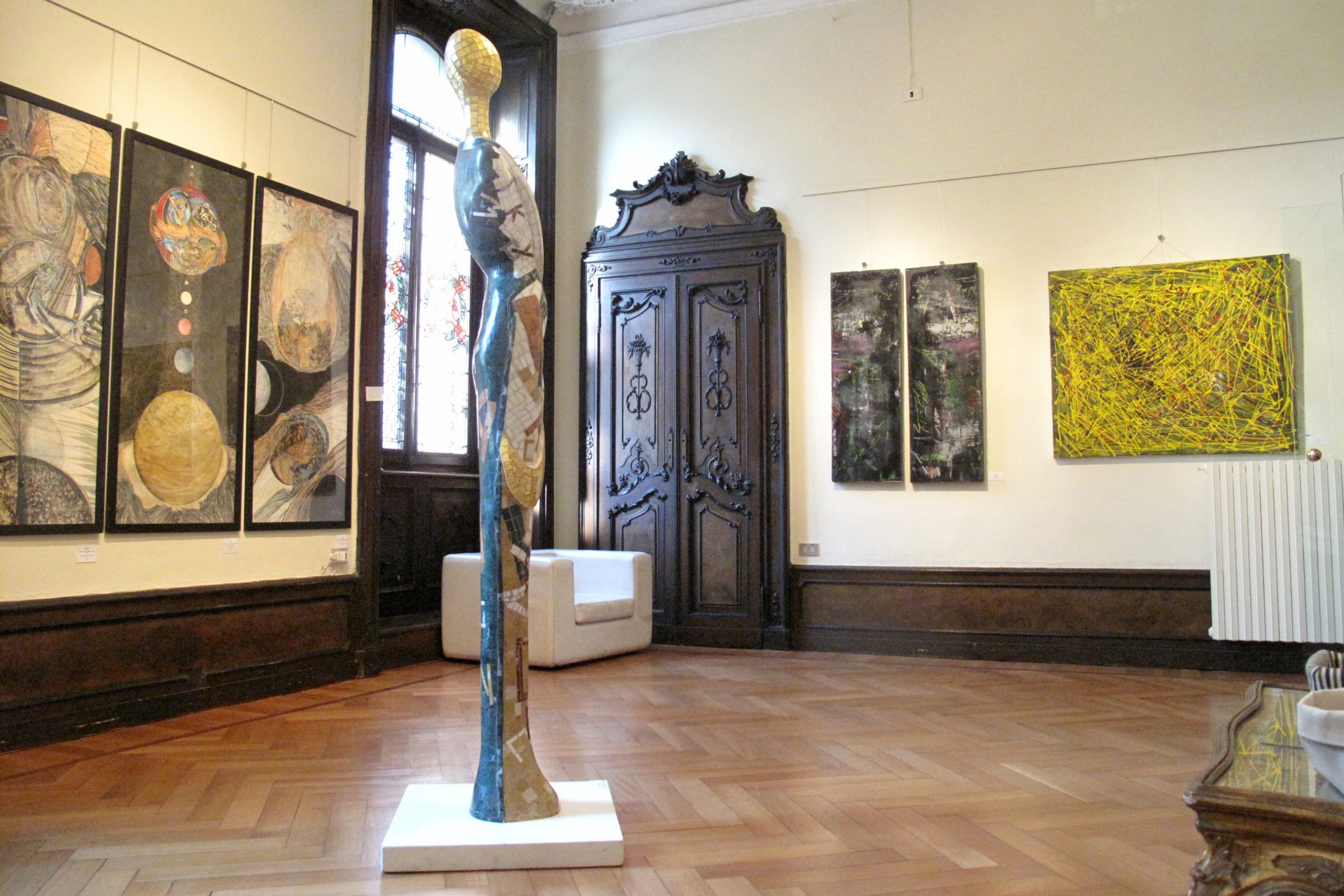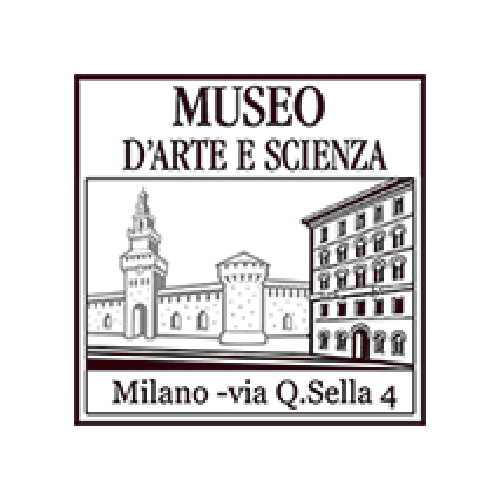Sellers Area:
Download App
Contact us Riavw
Customer service:
Marketing:



 Educational museum in the heart of Milan.Three itineraries available to the visitor:
Educational museum in the heart of Milan.Three itineraries available to the visitor:
1 - How to learn to distinguish authentic art objects from copies and fakes. (for adults and children)
2 - Leonardo da Vinci "citizen of Milan", 20 years of multiple activities carried out at the Sforza court.
Leonardo's “Treatise on Painting” explained through examples, practical applications and interactive stations.
3 - Extra-European art, two rich collections of oriental and African objects. Now in progress, the exhibition "The Buddhist Art of East Asia" Inside the Museum, our SCIENTIFIC LABORATORY for the verification of the authenticity of objects of art and dating of wood (also open to individuals
1914
 The family of the founder of the Museum of Art and Science, Gottffied Matthaes, is originally from Dresden, a city of art that around 1900 became the center of modern European painting and it is here that in 1906 the aunt of the founder Gertrude Matthaes and her husband Walter Kurau founded a renowned painting school based first in Dresden and from 1927 in Berlin. In this city, in 1930, they were entrusted, among other activities, with the task of decorating some rooms of the famous “Pergamon Museum”.
The family of the founder of the Museum of Art and Science, Gottffied Matthaes, is originally from Dresden, a city of art that around 1900 became the center of modern European painting and it is here that in 1906 the aunt of the founder Gertrude Matthaes and her husband Walter Kurau founded a renowned painting school based first in Dresden and from 1927 in Berlin. In this city, in 1930, they were entrusted, among other activities, with the task of decorating some rooms of the famous “Pergamon Museum”.
1906-1916
In that same period, an educational collection on Greco-Roman and Etruscan art was also established, today partially exhibited at the Museum of Art and Science in Milan and defined by the Italian Ministry for Cultural and Environmental Heritage, with a Decree of 5.5. 1997, as “Collection of exceptional historical and cultural interest”.
1949

In 1932 the school was closed and part of the collections were inherited by his nephew Gottfried.
Being a physicist, the combination of physics, science and art was the constant of his life.
In 1949 he invented the first printed circuit board (CHIP) for Siemens Germany and shortly thereafter, with the Italian partner Egidio Cozzi, he opened the first factory in Milan to produce them in series.
1990

It was in 1990, however, that Gottfried Matthaes left the industry to focus on a felt theme of primary importance: the ascertainment of the False in Art. In reality, he had already been carrying out research for years to create a more reliable dating method than the existing ones, which would allow him to scientifically date the over a thousand wooden objects in his collection.
Also in that year he bought two floors of the Bonacossa Palace in Milan and founded the "Educational museum for the detection of counterfeits in antiques".
Inside the Museum of Art and Science there is the scientific laboratory "Authentic Art" specialized in spectroscopic dating, of which Dr. Chim has been the director since 1988. Peter Matthaes.
More info: www. arteautentica. it
2001

In 2001 the section dedicated to the collection of African art.
Over the years the Museum has expanded its exhibitions by adding to the sections on authenticity various artistic exhibitions of excellence on Extra-European Art. In particular,
the exhibition ofBuddhist art, considered today among the most beautiful in Italy, of objects from Thailand and Burma and the section dedicated toAfrican art comprising more than 300 objects of high historical-artistic value from different ethnic groups of Black Africa.
2008

In 2008 the Scientific Laboratory opens a second office in Germany, in Nonnenhom, Lindau, specifically dedicated to Northern Europe and managed by Dr. Martin Matthaes.
2010
In 2010, after a long illness, Gottfried Matthaes died and his children, Peter and Patrizia Matthaes, took over the management of the Museum.
In the same year they gave life to the Association Friends of the Museum of Art and Science and a whole series of projects not only cultural, but also of innovation, restoration and scientific development, with the aim of contributing in an increasingly incisive and decisive way to the safeguarding and enhancement of our artistic heritage, following up and continuing the work of the father.
Joe Doe in London, England purchased a

